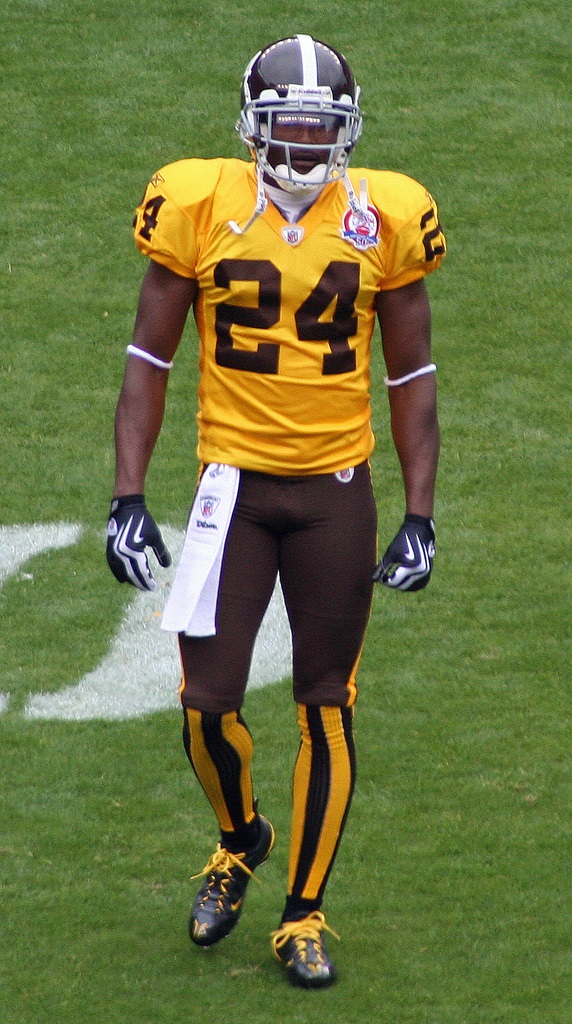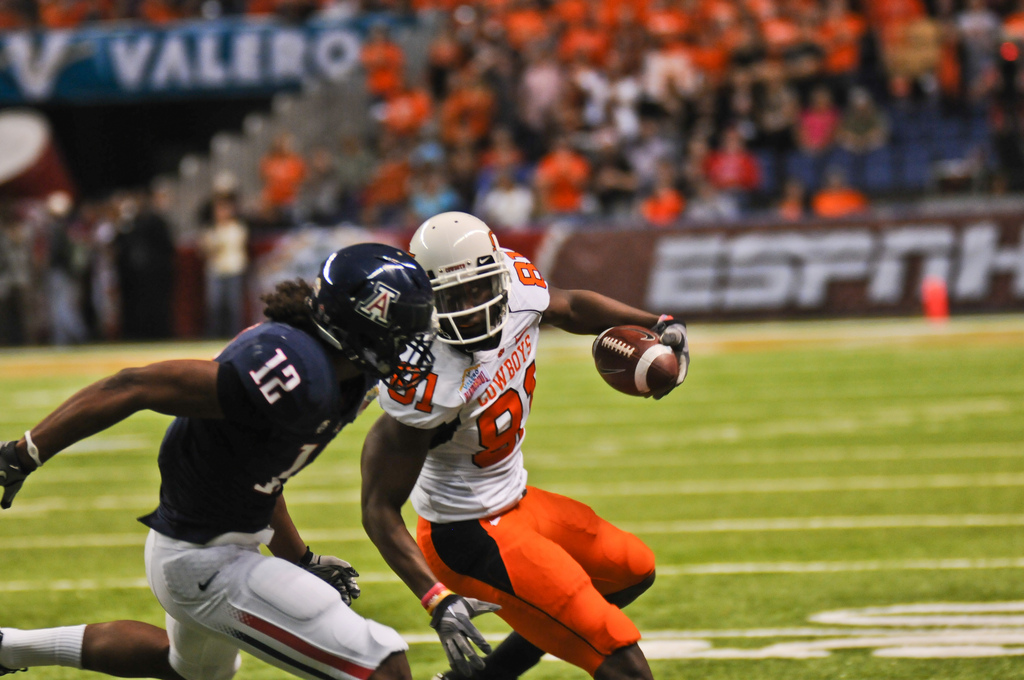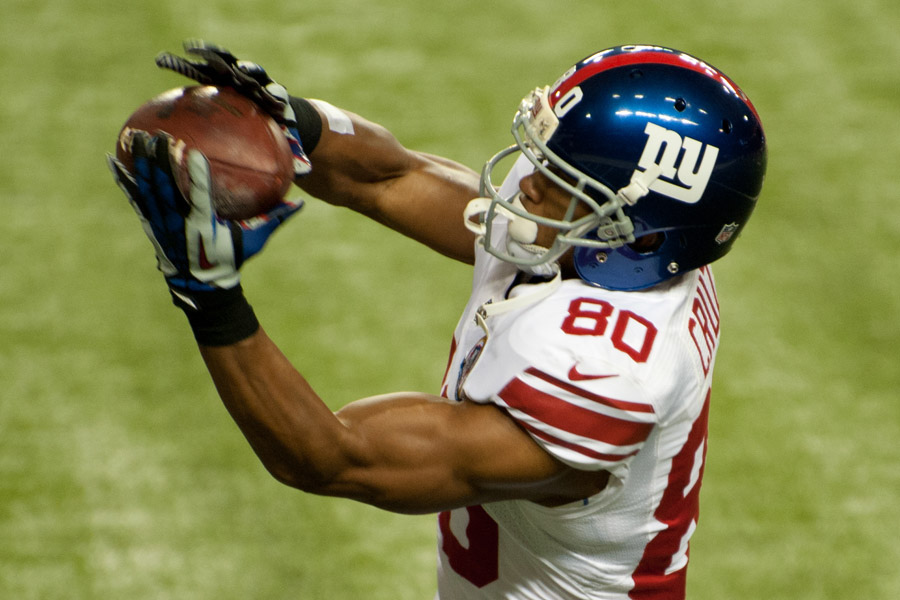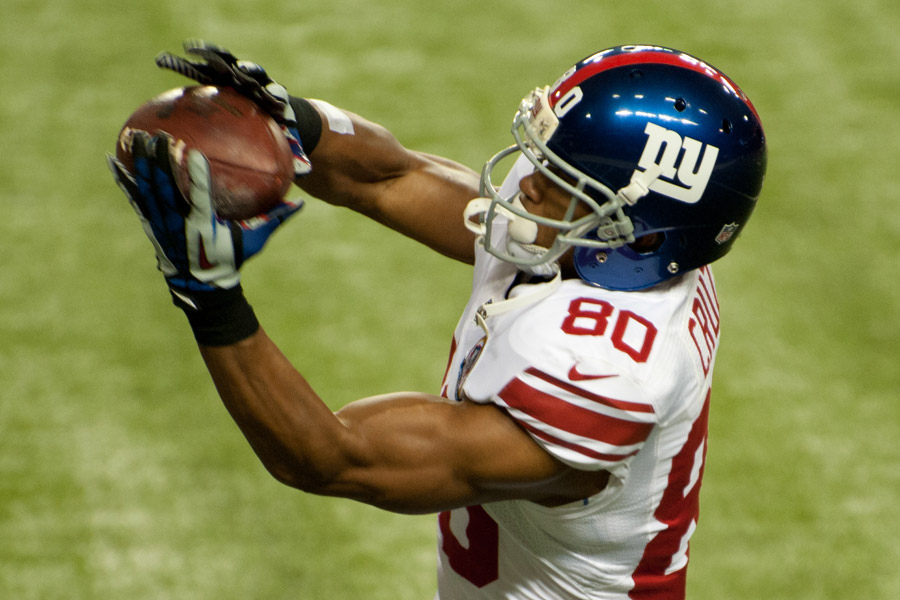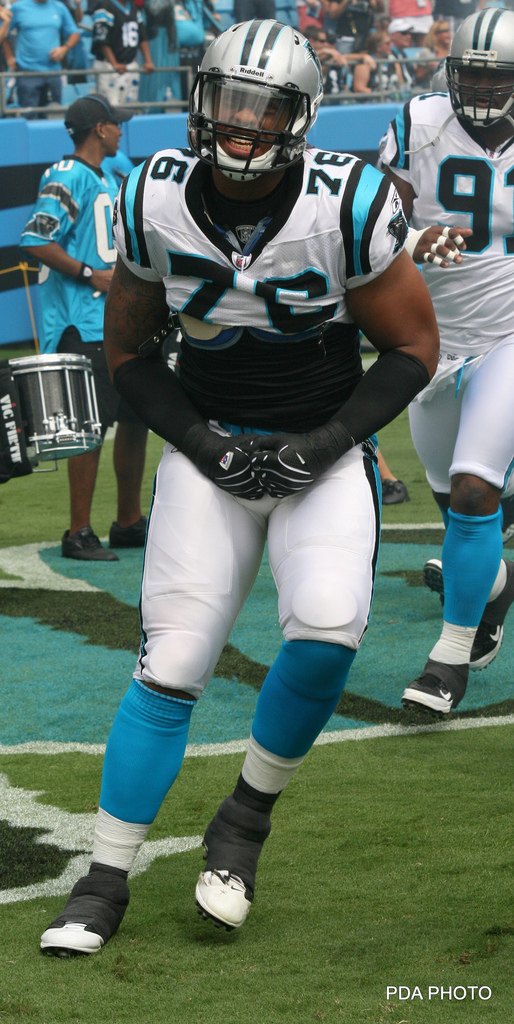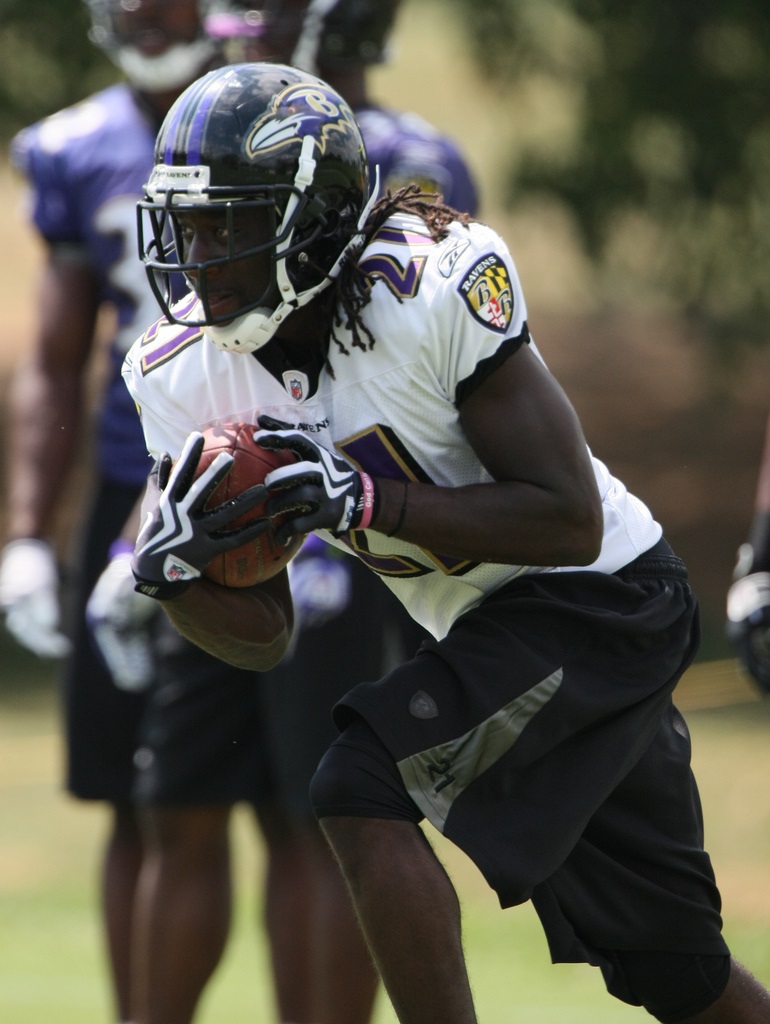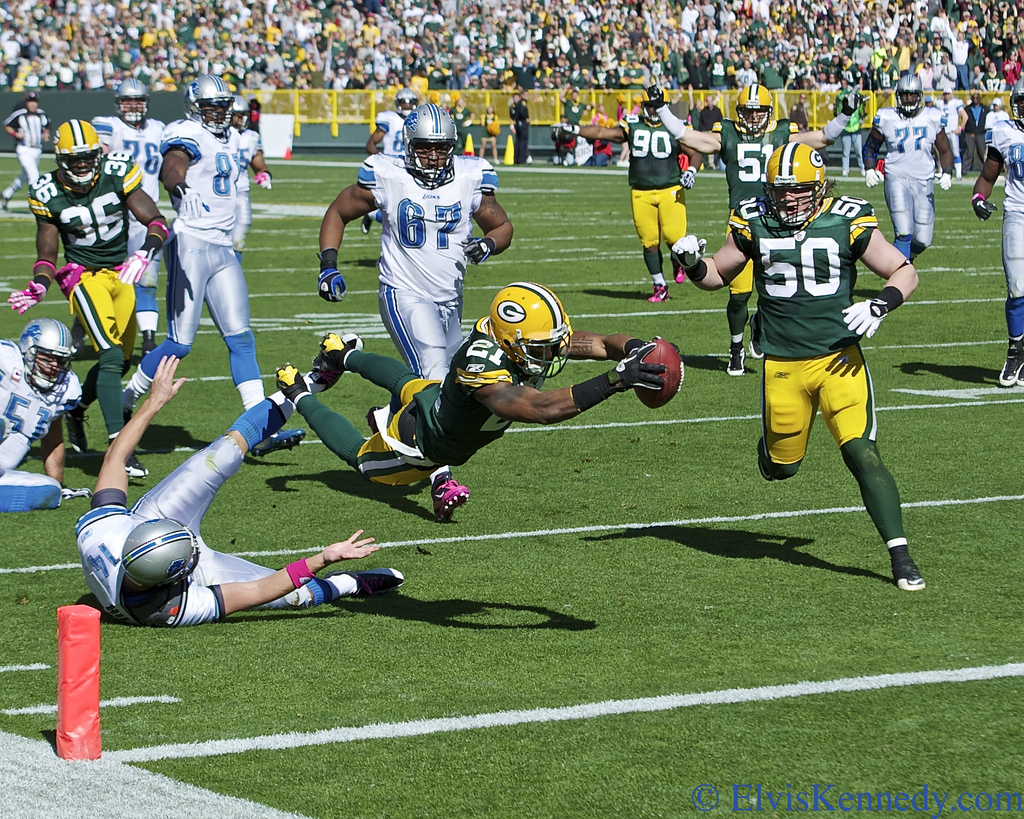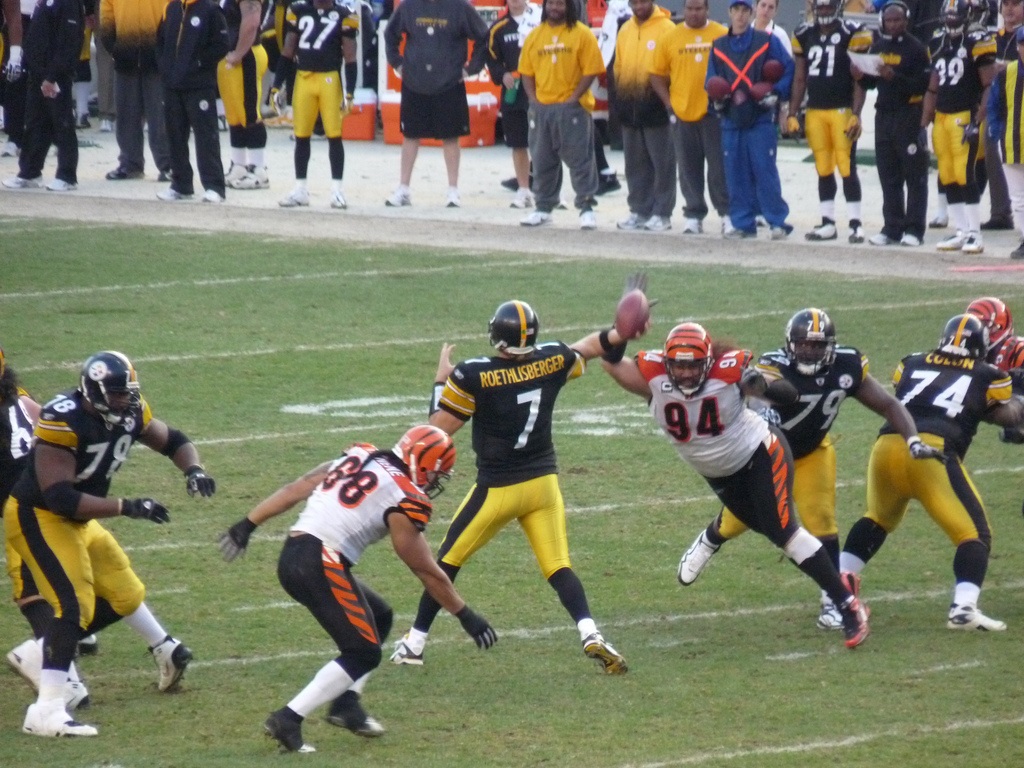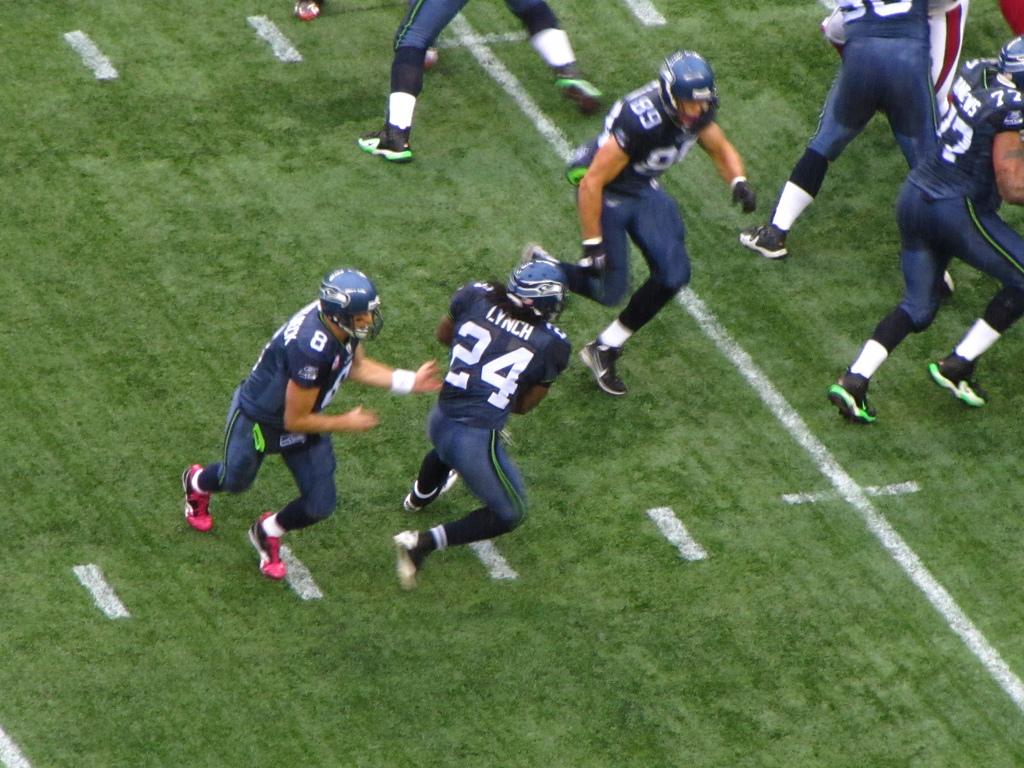
One of the most common questions I get from new readers is What did you think about [insert player name here] before [NFL team] drafted him? For the next month, I’m going to post scouting reports of some of my bigger hits, misses, and lingering questions when it comes to the past eight years of evaluating rookies for the Rookie Scouting Portfolio. I’ll also include the lessons I learned – or am still learning – from the experience of evaluating these players.
It’s Possible To Mistake Long Speed for Stamina
“[Lynch] has the potential to be an excellent, all-purpose back in the NFL. He’d be excellent in a west coast system such as Seattle, Philly, or Green Bay.”
– 2007 Rookie Scouting Portfolio
“Raw talent alone, Peterson is one of the top two players in this entire draft. if he can be more disciplined as a runner – choices and ball protection – he as the type of rare power-speed-balance combos shared among the all-time great backs of the Brown-Dickerson-Campbell lineage.”
– 2007 Rookie Scouting Portfolio
Marshawn Lynch was my No.1 running back in the 2007 NFL Draft, including Adrian Peterson – by the smallest of margins. The reason was the polish in Lynch’s game versus the raw talent of Peterson’s. I hated making this call at the time because any fool could see how good Peterson could be.
What I learned from Peterson: I don’t think I have invoked as great a trio of runners to compare to one back’s ability before or since watching Peterson at Oklahoma. You can ask Mike MacGregor and Mike Krueger of FFToday.com about the time I made them sit through a taping of Peterson running like a wild horse against Haloti Ngata’s Oregon team. After a long day of meetings at Krueger’s loft in Kansas City, they weren’t that interested. I didn’t care; I was smitten with Peterson.
However, his two biggest issues – discipline with choices at the line of scrimmage and protecting the football – were problematic enough to put talented runners on the bench early in their careers. While I didn’t think either would endanger Peterson’s career – although fumbles were problematic – I made the mistake of thinking the sum of Lynch’s game earned a higher ranking than the totality of the Peterson experience.
[youtube=http://youtu.be/Nhr8oYBoiUI]
Classic over analysis.
What I learned from Lynch: Lynch’s versatility as a receiver and interior runner were appealing, but I misjudged his long speed. Even when I look at these highlights, I see that I mistook his stamina for quality, long-speed. There’s a difference. Lynch’s best game-breaking runs often come when he’s using the width of the field to weave through the defense while maintaining a pace and intensity that wears out the pursuit.
As we’ve seen, Lynch’s burst, skill after contact, and footwork make him a top-flight runner in the NFL. However, it’s his stamina on long runs that has helped him create one of the five most great and meaningful runs in the history of the NFL.
[youtube=http://youtu.be/W0URyxkeSZM]
It’s this stamina that is closely related to the trait Lynch displayed at Cal that is perhaps his most endearing to football fans: toughness. I watched numerous games where Lynch was a big part of the offense despite playing through injuries against top competition. The most memorable was a 25-touch, 109-yard performance against a 2006 USC defense that sent numerous players to the NFL.
Lynch carried the ball 20 times, successfully blocked 8 assignments, broke 6 tackles, earned 5 first downs, and caught all 5 targets while playing with 2 sprained ankles. He routinely gained 2-5 yards after contact in this game.
Peterson may have been a wild horse, but Lynch was a true workhorse. However if I had judged Lynch’s speed better and had more experience watching runners work past the same issues that plagued Peterson, I think Peterson would have remained in the top spot.
These .PDFs of Adrian Peterson and Marshawn Lynch are more game summaries than in-depth, play-by-play analysis – the RSP has evolved quite a bit since it’s inception. However, the checklists and information still give you a strong sense of what I saw from two of the best runners in the game today.
For analysis of skill players in this year’s draft class, download the 2013 Rookie Scouting Portfolio available now. Better yet, if you’re a fantasy owner the 56-page Post-Draft Add-on comes with the 2013 RSP at no additional charge and available for download within a week after the NFL Draft. Best, yet, 10 percent of every sale is donated to Darkness to Light to combat sexual abuse. You can purchase past editions of the Rookie Scouting Portfolio for just $9.95 apiece.
